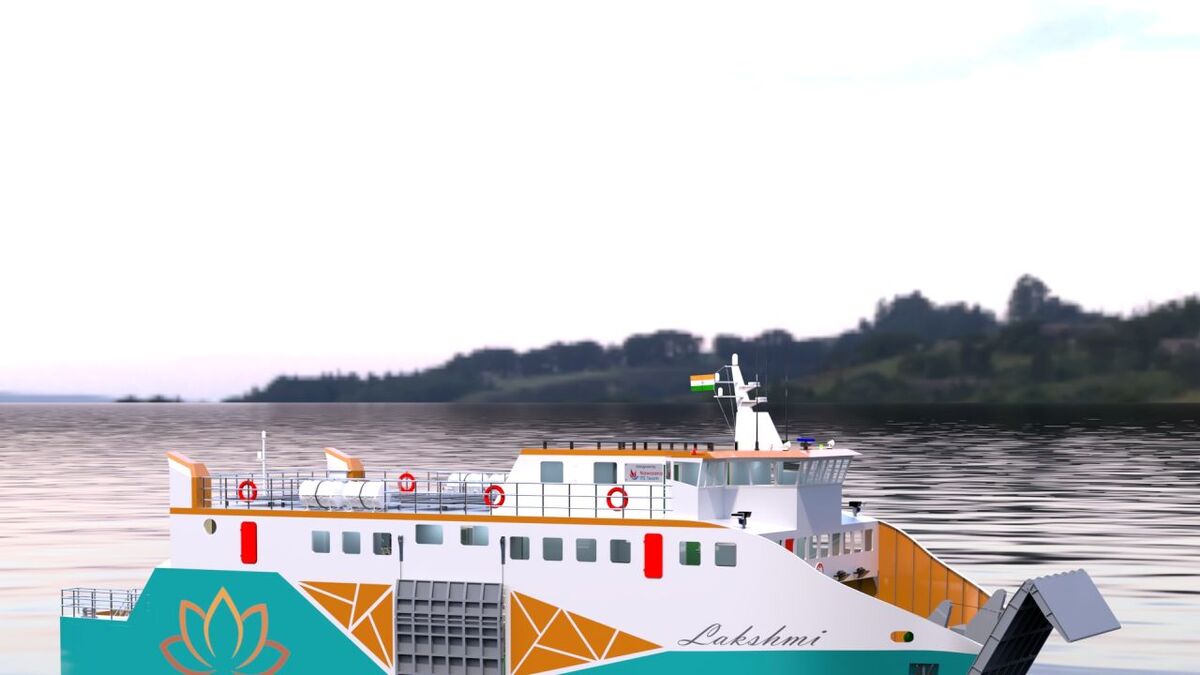The World Wide Ferry Safety Association Award was presented for creating a safe and affordable ferry for transiting India’s Brahmaputra River
Following the WFSA’s Professional Programme, held virtually 18 May 2022, awards were presented to finalist teams in the WFSA’s ferry design competition, now in its ninth year.
World Wide Ferry Safety Association (WFSA) executive director Dr Roberta Weisbrod said the specifications for the ferry design were crafted to be more challenging from year to year, but for this year’s objective of creating a safe and affordable ferry to transit India’s Brahmaputra River, “the river itself created the challenges.”
The student teams each gave their video presentations which can be found at WFSA’s
Elliott Bay Design Group naval architect John Waterhouse led the questions with student team members.
In the competition, the vessels were to be designed to carry 150 passengers, eight vehicles, as well as bicycles, motorcycles and freight (including agricultural products) across the Brahmaputra River, running down from the Himalayas through eastern India.
First prize went to the team from Surabaya ITS. The aluminium vessel, which could be built in Cochin India, has diesel-electric engines with a fuel generator, fuel filtration, with a double sea chest for engine cooling. The vessel was named Lashmi (the goddess of wealth and good fortune in Hindi) and has side and bow ramps for multiple berthing processes. With respect to safety features, the vessel uses sensors for obstacle and navigational issues, urethane foam for maintaining buoyancy in the event of hull breach, has a good safety plan and evacuation analysis (marine evacuation slide system), and a Covid prevention plan. The report has a good analysis of return on investment.
Second prize goes to the team from PoliBatam for its mono-hull vessel, MV Shankara (the god Shiva). The vessel uses Azimuth thrusters for maneuverability and solar panels can support the ship’s electrical power needs. Safe navigation is assisted with a vessel traffic management system working with shoreside support, and with LIDAR sensors for obstacle avoidance. Load and unload is via side ramps, and the vessel is equipped with a turntable in the vehicle area, to expedite parking. There is a good safety analysis and evacuation analysis and flexible design in the event of pandemic.
One of the two third prizes was given to the team from the University of British Columbia’s vessel, a catamaran with side ramps. Design features include separated vehicle and passenger space, and good design for the navigational bridge for better visibility. The vessel has standard sonar for depth changes, with spotlights for night operation. The outboard engine is intriguing and construction at a local shipyard facility has been considered.
Third prize also went to Universitas Indonesia team’s vessel MV Triwitono, which has an electric propulsion system and uses biodiesel. The vessel has fully enclosed deck spaces for cargo and passengers. Safety measures include radar and GPS for the navigation system, The design report has a thorough affordability analysis among its good operational calculations.






